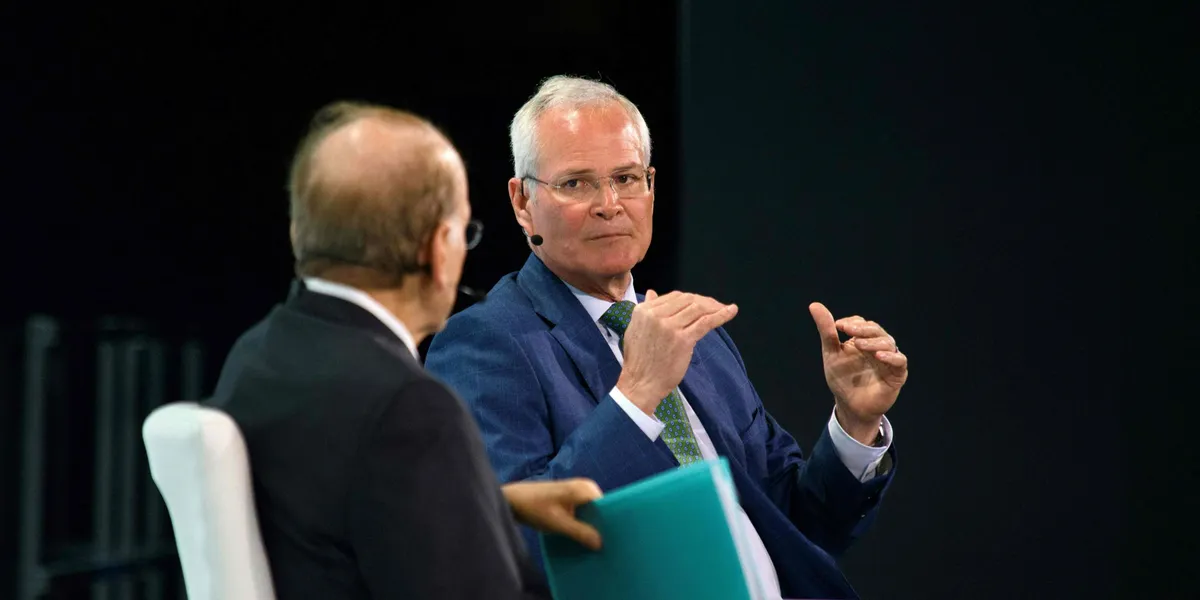US Shale's Future: How Tech is Constantly Pushing Back the Peak

For years, the narrative surrounding US shale production has centered around a looming peak – a point where output would inevitably plateau and begin to decline. While the idea of a peak remains largely accepted within the oil and gas industry, the timeline for reaching that point is proving surprisingly elusive. Thanks to relentless innovation and technological advancements, the horizon for US shale production keeps shifting, defying earlier predictions and reshaping the energy landscape.
Initially, forecasts suggested a peak in shale production would arrive within a few years. However, the industry's ability to adapt and improve extraction techniques has consistently pushed those timelines further out. This isn't simply about drilling more wells; it's about drilling them more efficiently and extracting more oil and gas from each well.
The Role of Technology
Several key technological breakthroughs have contributed to this ongoing extension of US shale's productive life:
- Advanced Drilling Techniques: Horizontal drilling and hydraulic fracturing (fracking) revolutionized shale extraction, allowing access to previously unreachable reserves. Continuous improvements in these techniques, such as longer lateral wells and optimized fracturing patterns, are maximizing recovery rates.
- Data Analytics and Artificial Intelligence: The shale industry is increasingly leveraging data analytics and AI to optimize drilling operations, predict well performance, and identify new drilling locations. This data-driven approach is leading to more efficient resource extraction and reduced costs.
- Water Management Innovations: Water usage is a significant concern in shale production. New technologies, including water recycling and alternative fracturing fluids, are reducing the environmental impact and improving operational efficiency.
- Digital Twins and Predictive Maintenance: Utilizing digital twins—virtual representations of physical assets—allows operators to simulate scenarios, optimize performance, and predict equipment failures, minimizing downtime and maximizing production.
Shifting Perspectives on the Peak
The sustained technological advancements have led to a reassessment of the peak shale production narrative. While a decline is still inevitable, the timing is far less certain. Some analysts now believe that the peak may not occur for several more years, or even decades, as long as innovation continues at its current pace.
Implications for the Energy Market
The ongoing extension of US shale production has significant implications for the global energy market:
- Increased Supply: Continued shale production helps to maintain a stable supply of oil and gas, mitigating price volatility.
- Energy Security: US shale has bolstered the nation's energy independence, reducing reliance on foreign sources.
- Transition to Renewables: While shale production extends the use of fossil fuels, it also provides a bridge to a lower-carbon future, allowing time for the transition to renewable energy sources.
Looking Ahead
The future of US shale production hinges on the continued deployment of innovative technologies. Research and development efforts are focused on even more advanced techniques, such as carbon capture and storage, which could further extend the productive life of shale resources and reduce their environmental footprint. As the industry continues to evolve, the horizon for US shale production will likely continue to shift, keeping the energy world on its toes.





